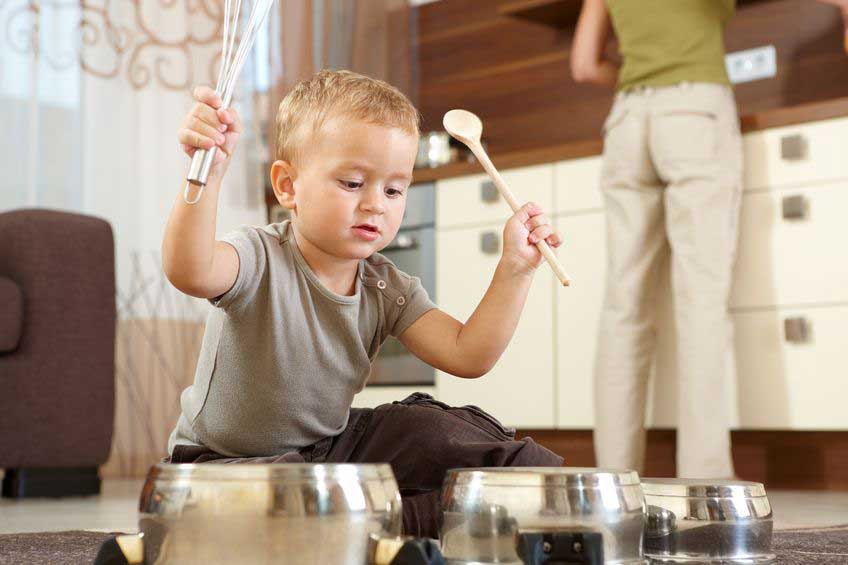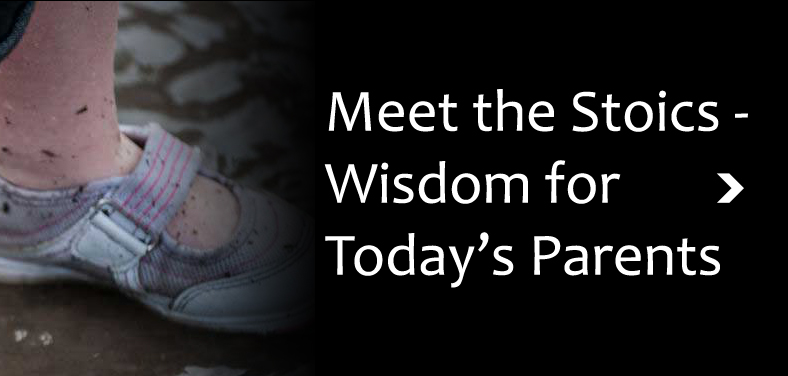Adults don’t “teach” infants and toddlers. They learn. It’s exciting to think “I taught him how to walk – if it wasn’t for me, he’d be crawling for the rest of his life,” – but it’s just not true.
How do they learn?
Small Children learn from their surroundings, or their environment. They look, they listen, the touch things and see what happens. The world around them is their laboratory – they do things and see what happens – they are experimenting all day long (And into the night, too: “When I cry, they will pick me up” etc). Some of these experiments are in the physical world, discovering gravity, how to operate their hands, etc. When it comes to learning special human tricks like language, thinking, feelings and relationships, adults are the most important part of the environment.
The adult’s role in the child’s environment
The Environment is the Teacher. So what do adults do? They create the environment.
Adults set up the physical environment. Adults decide where the child will be, what else will be in that space, how the child is dressed, and how they child will be placed. They also have some control over “environmental factors” like light, sound, temperature and how hectic or peaceful it is.
Adults are the mental environment. Without even thinking about it, adults create the environment where small kids learn how to think, communicate, learn, and feel. They also learn how to have relationships with others, and who they are and how to get along in the world. To summarize to an extreme, adult activity creates the environment that forms children’s sense of self: their self-confidence, their ability to solve problems, their resilience, their ability to work well with others. In other words, the requirements for a happy, successful and productive life; the keys to mental health.
How adult action forms the child’s mental environment
- Through physical choices that affect the mental environment (see above)
- Through direct conscious interaction. Words and gestures – smiles, touches, sounds and activities like feeding, diaper changing, and soothing. The give and take of a relationship.
- Through “modeling,” or “Monkey see, Monkey do.” Adults, especially parents, show young children how people behave – how they speak, how they act when they are frustrated, how to communicate with others, how to think, and how to deal with emotion. Adults can model consciously, but mostly they do it unconsciously, and they do it all the time, because the children are always watching, and always listening.
- Through direct unconscious interaction. We can’t be mindful of how we treat children all day – so sometimes we talk to them, manage them, or move their bodies without thinking of how we’re doing it. We have a lot going on, but they have one major goal … it’s winning a game called “Control The Giants.” For example, learning “When I scream in the grocery store, I get candy.”
The Million Dollar, “You-are-Betting-the-Quality-of-Your-Child’s-Entire-Future-On-It, Whether-You-Want-to-or-Not” Question:
“What Do Adults Do To Create a Healthy Mental Environment for Their Babies and Young Children?” Adult behavior is the most important factor in cognitive, social and emotional development – so what do adults do to not screw it up?
It’s pretty straightforward, actually. Stay tuned.




Add comment